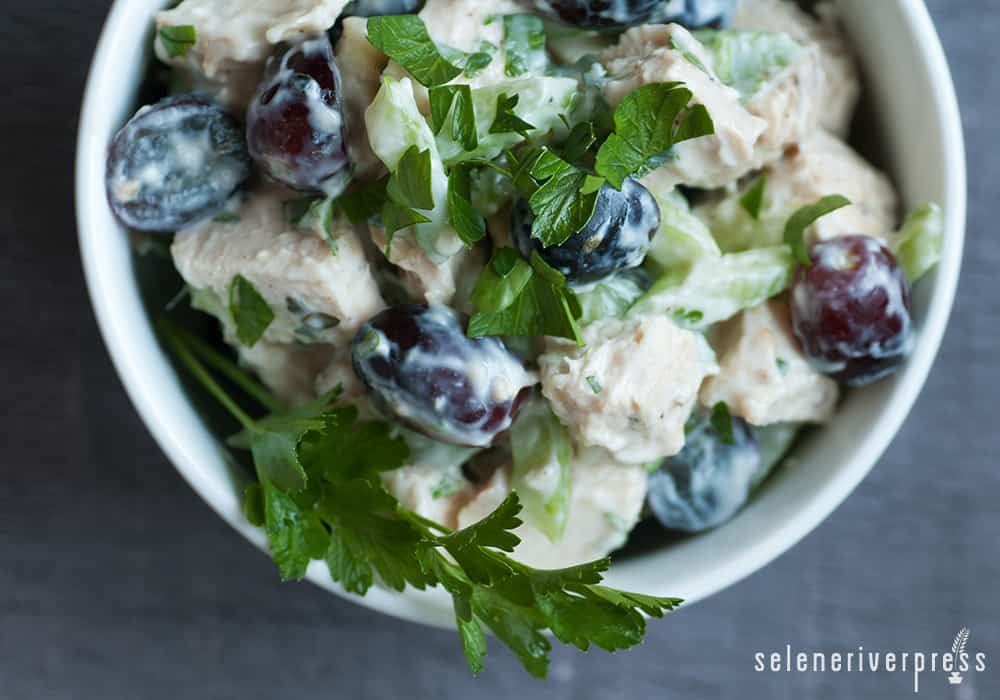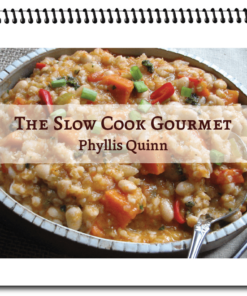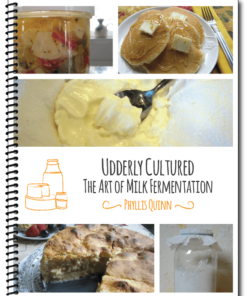A lady friend came to my house for lunch last week. I was serving my version of Waldorf Chicken Salad (a recipe inspired by the nearly forgotten and long-closed Schrafft’s restaurants in New York City). When she spotted what I was serving, Julie commented that my chicken salad was the best and asked me to share the story behind this dish.
Back in the day, everyone went to Schrafft’s, and my mother was no exception. I cherish their recipe for Waldorf Chicken Salad and continue to make it to this day. It honors her memory and brings back a fond moment in my childhood.
For special events like Christmas or a communion, the ladies in our family put on their perfume and dressed up in their Sunday best, and then went to Radio City Music Hall for a show. Afterwards, the celebration continued at Schrafft’s Fifth Avenue.
Let me give you a glimpse of that vanishing New York scene.
Unique to Schrafft’s, the dining rooms had an upper-middle class feeling of gentility. They not only welcomed but encouraged women to dine unescorted, which was new in the 1950s and 60s. The menu featured salads, sandwiches, and, of course, more desserts than entrees. No wonder the restaurant understood and catered to women, who (more often than not) would order and share a dessert or two.
In my memory, you enter through a revolving door from Fifth Avenue. You’re greeted by a long, shining glass bar filled with cookies, a huge array of pastries, boxes of chocolates, and floral bouquets of every flower to delight the eye. The dining tables are draped with white linen and surrounded by a grand staircase that swoops upward. The entire room invites you in with its glistening Art Moderne bannisters leading to the second floor, where diners perch elegantly and talk sweetly. Time seems to stand still in that room. I’m in awe.
Back to Julie, who quickly clarified, “I meant the story of the chicken, of course.”
The Waldorf salad originated from the Waldorf Astoria and was made famous by a maître d’ for an 1896 charity event. The salad is a harmonious combination of celery, apples, mayonnaise, and sometimes red grapes. Chicken was added later to make the salad a more substantial dish. Schrafft’s recipe calls for a whole roasted chicken, with both light and dark meat. They serve it on lettuce leaves or small-trimmed white bread with a side of fresh fruit, such as melon or strawberries. Today, most people prefer white meat in this salad, but for me, the combination of both dark and white meat adds more flavor.
The Ultimate Waldorf Chicken Salad
—Recipe adapted from the original. I recommend roasting the chicken the day before.
Ingredients
For the chicken:
1 roasting chicken, about 3–4 lbs.
1 lemon, halved
1 sprig fresh parsley
2 tablespoons sea salt
1–2 teaspoons black pepper
Butter or olive oil (for the skin)
½ teaspoon paprika (for color)
For the salad:
3–4 cups chicken, white and dark meat cut into ¾-inch dice (size is important)
1 cup apple (skin on), chopped and sprinkled with 1 tablespoon fresh lemon juice or apple cider vinegar mixed in 1 tablespoon honey
1 cup celery, diced small
¼ cup red onion, finely chopped
1 cup homemade mayonnaise or ½ cup mayonnaise and ½ cup thick yogurt
1 cup toasted walnut pieces (or you may use pecans or hazelnuts)
1 tablespoon yellow mustard (optional)
Salt and black pepper, to taste
Instructions
- First, prepare the chicken: Preheat oven to 425°F. Wash and pat dry chicken. Salt and pepper it inside and out. Place cut lemon and parsley in cavity. Butter the breast skin and evenly sprinkle the chicken with the paprika.
- Oven roast chicken for 1 hour, then turn down temperature to 325°F and cook for another hour or less. Chicken is done at 160–165°F.
- Remove lemon and parsley and let chicken rest 20 minutes.
- Next, prepare salad: Mix all ingredients together.
- Cover and chill for at least 3 hours.
- Mix again. Taste and add more seasonings and mayonnaise, if necessary.
Chef’s note: Nothing is as flavorful as a whole roasted chicken, and it gives the best flavor for this salad. The first night, I sliced some of the roasted chicken, both dark and white meat, for an evening meal with a white bean, sun dried tomato, and fresh kale salad (but that’s another post). Later, I took all the meat from the bones and put it into a container. I placed the bones in another container to cool overnight. The next day, I chopped all the white meat and most of the dark meat for the salad. It was more than the 3 cups needed for the recipe. The ¾-inch dice is the perfect size. I’ve found that larger pieces don’t absorb the dressing as well.

Image from iStock/rjgrant.




